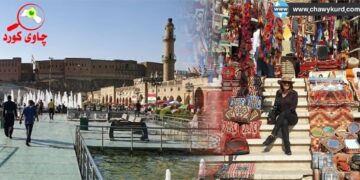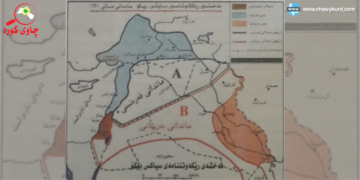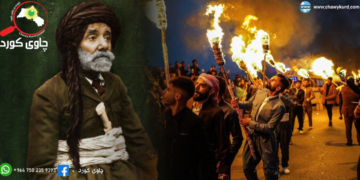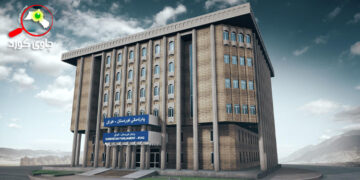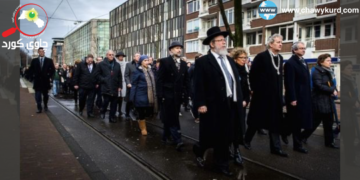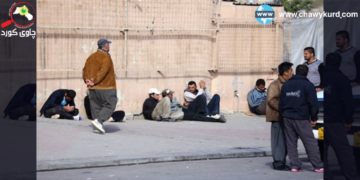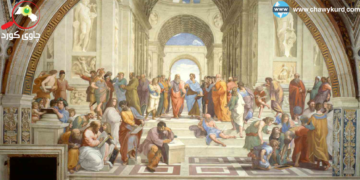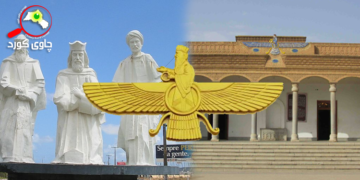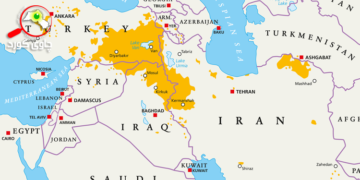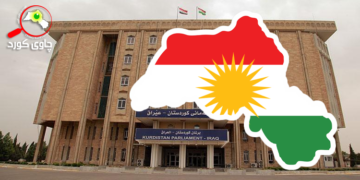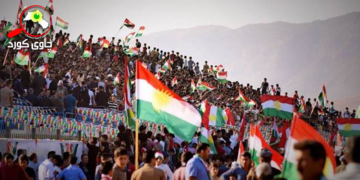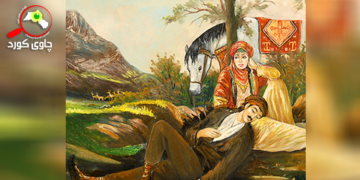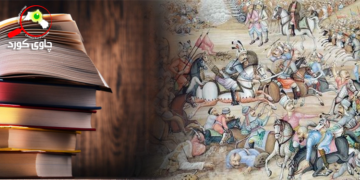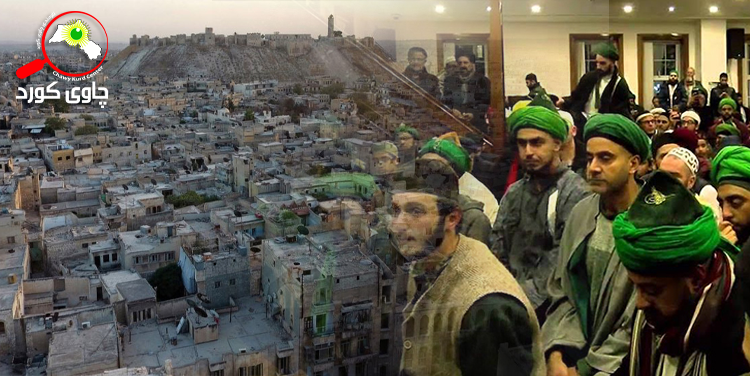“A Hidden Hand: Coordination between the Naqshbandi-Khalidi Movement and the Usuli Believers in Aleppo”
“From Reformism to Salafism”
The influence of the Khalidi sect in Aleppo was advanced in the mid-nineteenth century with the arrival of the reformist scholar Hussein al-Ba’ali (1819-1855) from Gaza. Unfortunately, we have only a brief biography of this man. Ba’ali, a descendant of a prominent Gazan family, studied with other leading scholars in his hometown and later at Al-Azhar. During his stay in Egypt, he appears to have adopted the early ideas of innovation that became a wave during the reign of Mohammed Ali and on his return to Gaza sparked hatred and opposition to the Islamic State. He was forced to move to Tripoli, where he was invited to settle in Aleppo in 1849.
Hussein al-Ghazzi, later known as al-Baali, went to Aleppo after meeting another cleric whose identity there was somewhat vague. Tabbakh writes that where the famous Naqshbandi disciple Mohammed al-Maghribi passed through Tripoli to Aleppo and promised al-Ghazzi a warm welcome and a suitable position.
Elsewhere he is referred to as Muhammad al-Ghazzi and later as al-Misri, a disciple of Sheikh Khalid himself who lived in Aleppo for a while. Later, in the announcement of the death of Kamil al-Ghazzi, it was mentioned that his father’s famous sheikh Tantawi had been invited by the Russian government to teach Arabic to orientalists. Together, these reports suggest that it refers to Muhammad al-Tantawi, the great disciple and sheikh of Khalid’s leader in Damascus at the time, who lived in Aleppo as a young man and after spending what he returned to Syria after several years at Al-Azhar and appears to have reached Aleppo al-Ghazi. He had studied with this leader and had followed the Naqshbandi path.
With the emergence of the Salafi movement, Khalidi’s third figure appeared in Aleppo. Ahmed al-Saddiq was a prosperous merchant who traded with Europe and other Islamic countries. We have a fairly good biography of this man from Al-Bakh’s short account, which proudly speaks of his generosity while covering up his religious fanaticism. Al-Saddiq (1844-1924), who grew up an orphan, regularly attended the classes of Ahmad al-Tarmanini in the second half of the 1860s and later continued his religious studies in Damascus and Medina.
Muhammad al-Absi was among his classmates who belonged to the Abul Huda Sayyadi sect in Istanbul. When Hajjar joined the Rifa’i sect, he was sent to spread the sect in India, but he was unsuccessful, so he returned to Aleppo in despair and succeeded his father. He also taught religious knowledge in the Umayyad mosque and other mosques. In 1892, Hajjar was appointed mufti of Raqqa in the northwestern Syrian island region, where he spent the rest of his life teaching people about religion and encouraging them to send their children to school.


















